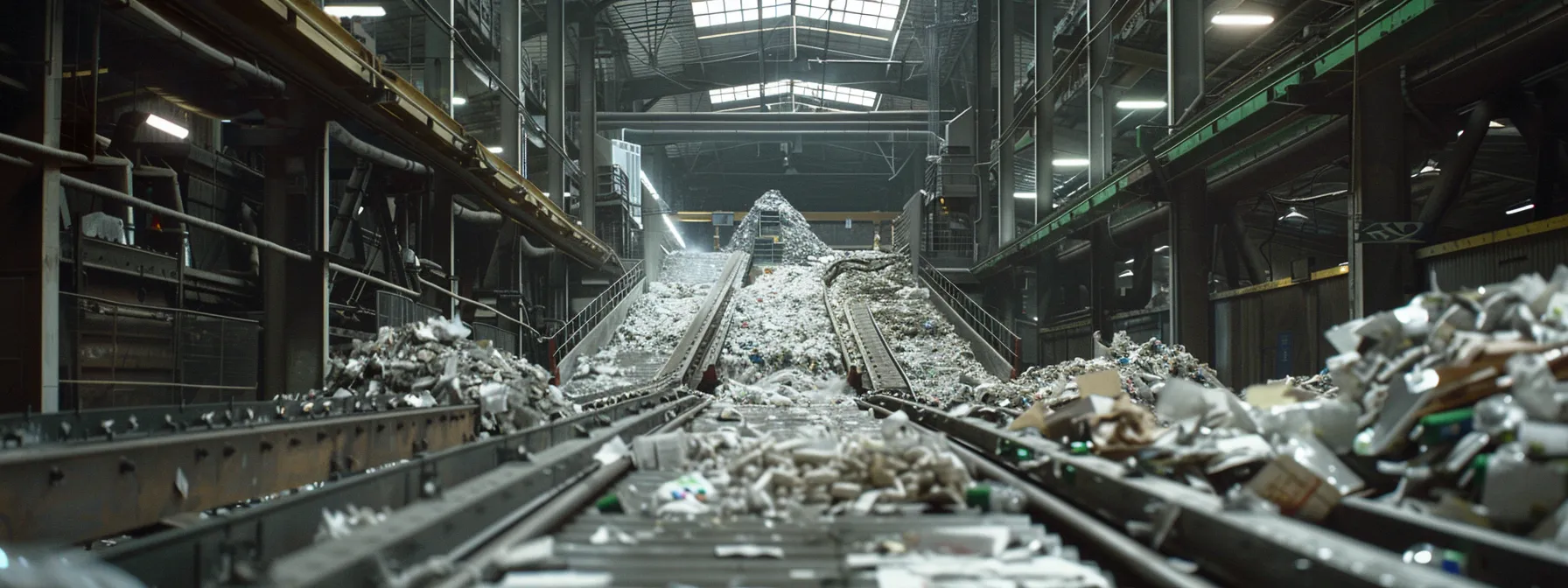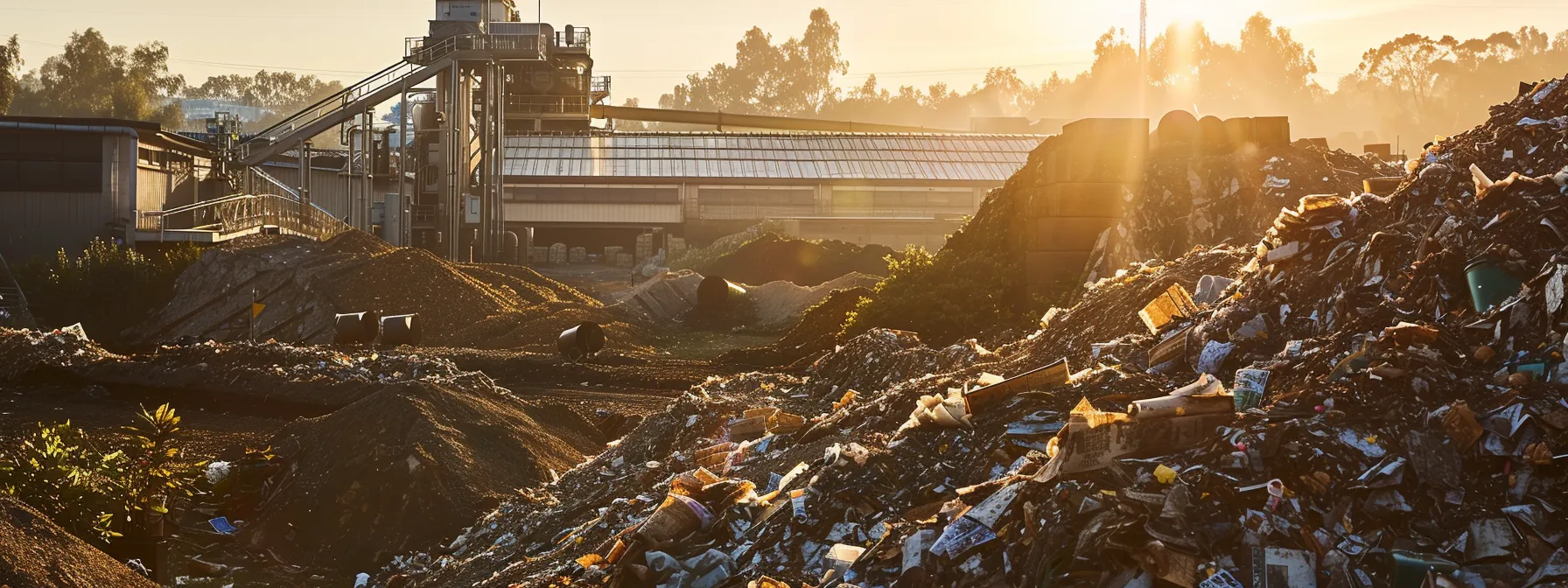
08 Oct The Environmental Impact of Scrap Paper Recycling
Hospital systems, medical offices, billing companies, laboratories and other health care fields utilize a tremendous amount of paper. Despite the widespread use of computer systems for medical record, communications and administration, most of the important records are back up with paper copies. Paper packaging of medical equipment, paper gowns, table covers and numerous other paper products contribute to an avalanche of paper usage throughout the health care system.
This article discusses the real and potential impact of paper recycling.
Each day, copious amounts of scrap paper are generated from offices, schools, and homes, posing a persistent challenge to waste management systems globally. Yet, by redirecting this scrap from landfills to recycling centers, we can make a profound change. Recycling paper conserves natural resources, saves energy, and reduces greenhouse gas emissions, affirming its essential role in fostering a sustainable environment. Keep reading to understand the vital contribution of this process to ecological conservation.
The Role of Scrap Paper in Waste Management and Recycling

In the vast universe of waste management, scrap paper plays a pivotal role. It constitutes one of the largest components of municipal solid waste, yet it is entirely recyclable. The transformation from waste to usable paper products exemplifies a successful cyclical process, reinforcing the principles of a circular economy.
Recycling facilities, like the one found through this scrap paper link, are instrumental in processing tons of paper waste. They not only prevent the overflow of landfills but also supply raw materials for new paper products, facilitating a closed-loop system that minimizes waste.
For businesses and consumers alike, adopting effective recycling habits can significantly ease the strain on waste management systems. By segregating scrap paper from other waste, we can ensure a more efficient recycling process and a reduction in overall solid waste
The Positive Effects of Scrap Paper Recycling on Deforestation


Deforestation remains a grave concern for global biodiversity and climate regulation. As the appetite for paper products swells, so does the pressure on our forests. Recycling scrap paper extends the life of paper fibers and reduces the demand for fresh fiber sourced from trees.
When the recycling rates for paper rise, the pressure on forests correspondingly falls, allowing more trees to mature, which is vital for biodiversity and ecological balance. Mature forests are not only home to diverse species but also serve as vital carbon sinks, playing a significant role in carbon sequestration.
Moreover, by curbing the need for new paper, we also curb the collateral damage that comes with deforestation, such as habitat destruction and soil erosion. With fewer trees cut down, ecosystems remain intact, allowing them to continue providing essential services to the environment.
Addressing the Water and Energy Conservation in the Paper Recycling Process


The paper recycling process is not only beneficial in reducing waste and carbon emissions but also in conserving water and energy. Producing recycled paper consumes less water compared to the production of new paper, preserving this critical resource for other uses.
In terms of energy, recycling paper requires significantly less compared to manufacturing fresh paper from wood pulp. These energy savings translate into reduced dependence on fossil fuels, contributing to a decrease in air pollution and conservation of non-renewable energy sources.
However, the process isn’t entirely devoid of environmental impact. It’s important to recognize that recycling operations do consume resources, which is why continual efficiency improvements are necessary for maximizing the environmental benefits of scrap paper recycling.
Overcoming the Challenges of Recycling Contaminated Paper Products



Despite the many benefits, the recycling of paper products faces the challenge of contamination. Things like oils, food residue, and certain inks can compromise the integrity of the recycled material, sometimes rendering it unrecyclable.
Addressing this issue calls for consumer education on proper recycling practices and the development of advanced sorting technologies. By understanding what can and cannot be recycled, individuals can help ensure that only clean, recyclable paper reaches recycling facilities.
At the industrial level, investment in sophisticated sorting equipment and processes can alleviate the issue of contamination. These innovations are capable of filtering out impurities, improving the quality of the resulting recycled paper products.
Overall, the environmental benefits of scrap paper recycling in health care are undeniable, supporting critical efforts in waste reduction, resource conservation, and climate change mitigation. By encouraging and perfecting recycling practices, we can collectively steer towards a more sustainable and environmentally conscious future.
——————
The information on MedicalResearch.com and other sites referenced on this platform, is provided for educational purposes only, and is in no way intended to diagnose, cure, or treat any medical or other condition.
Some links may be sponsored. Products and services, including those referenced in this post, are not tested, warranted or endorsed.
Always seek the advice of your physician or other qualified health and ask your doctor any questions you may have regarding a medical condition. In addition to all other limitations and disclaimers in this agreement, service provider and its third party providers disclaim any liability or loss in connection with the content provided on this website
Last Updated on October 8, 2024 by Marie Benz MD FAAD
